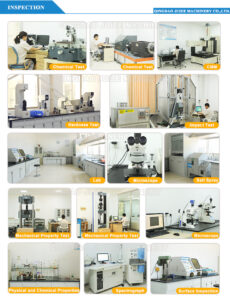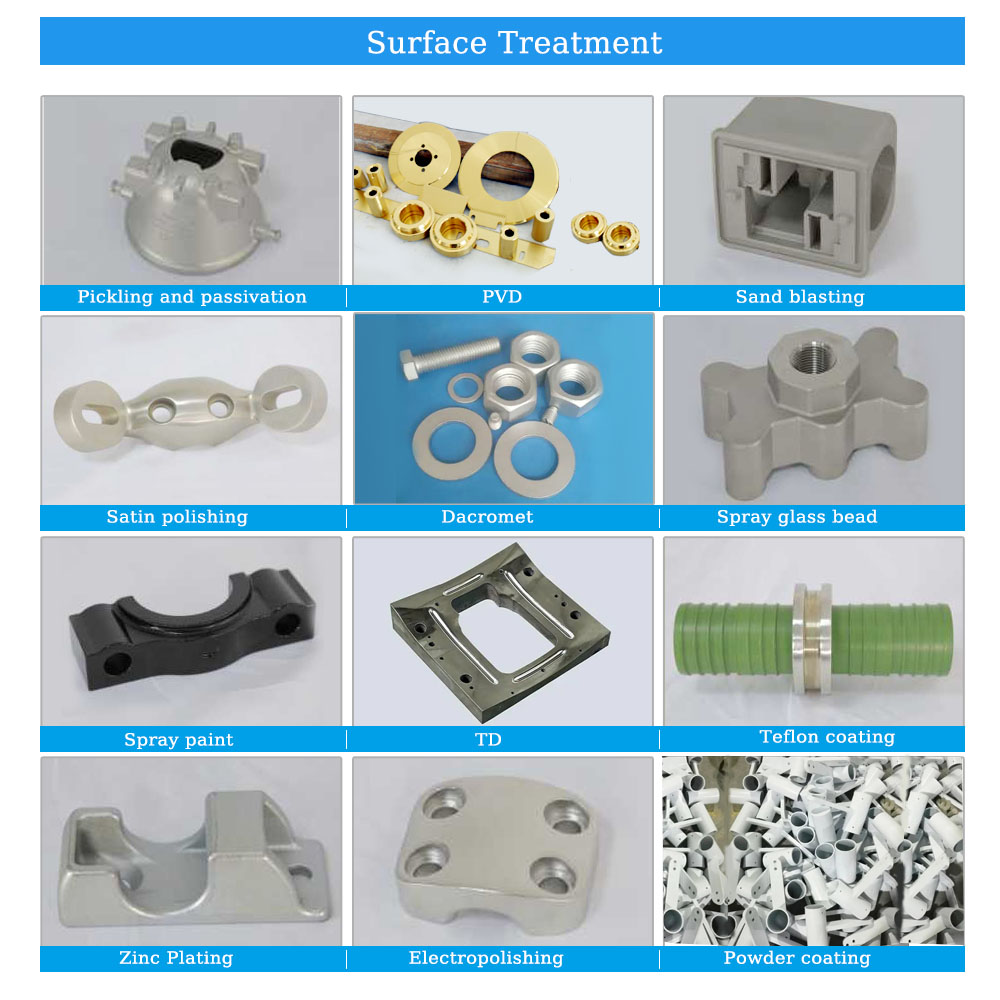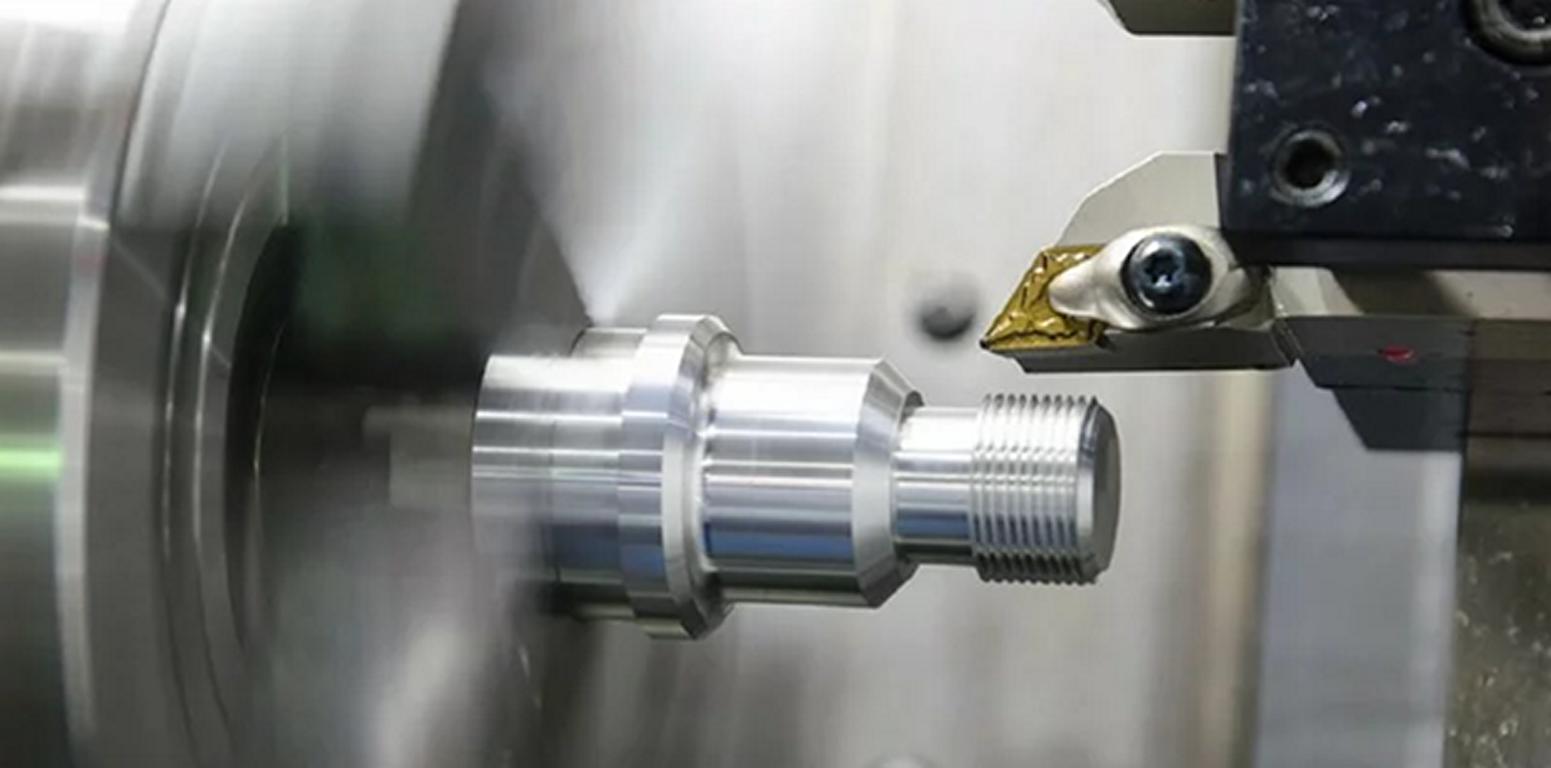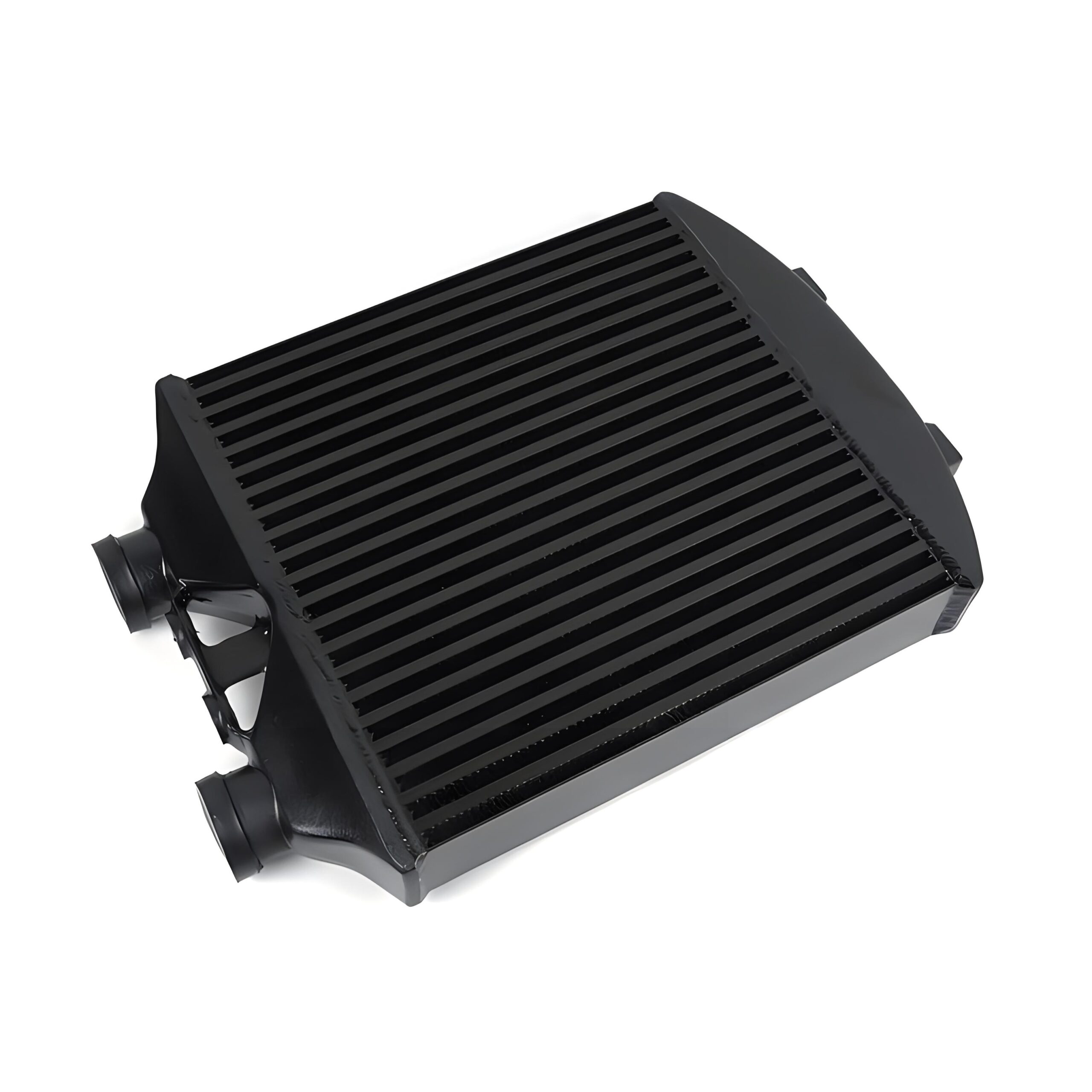
Here’s an overview of major electroplating methods, explained fully:
Rack Plating (Still Tank Plating):
Process: Parts are individually mounted onto custom metal fixtures (racks) which hold them securely and provide electrical contact. The entire rack is submerged into the plating bath.
Applications: Complex, delicate, or large parts requiring precise control and uniform coating (e.g., automotive trim, aerospace components, jewelry, molds).
Advantages: Excellent coating uniformity, control over thickness distribution, minimizes part damage, suitable for intricate shapes.
Disadvantages: High labor cost (manual loading/unloading), slower throughput, requires rack design/fabrication, potential for rack marks.
Barrel Plating (Mass Plating):
Process: Small, durable parts are loaded in bulk into a perforated, rotating barrel (usually hexagonal or cylindrical). The barrel acts as the cathode and is submerged in the plating solution. Rotation tumbles parts, ensuring exposure.
Applications: High-volume production of small, robust parts where minor tumbling marks are acceptable (e.g., nuts, bolts, screws, fasteners, small stampings, hardware).
Advantages: Very high throughput, low labor cost per part, efficient use of chemicals and space.
Disadvantages: Potential for part damage (tumbling), less precise thickness control (thicker on edges/corners), non-uniform coating on complex shapes, size/weight limitations, barrel contact marks.
Continuous Plating (Reel-to-Reel Plating, Strip Plating):
Process: A continuous strip, wire, or pre-fabricated component (like connectors) is fed from a reel through a series of pre-treatment, plating, and post-treatment baths. Anodes are strategically positioned along the path.
Applications: High-speed plating of wire, metal strip (e.g., for electronics, packaging), springs, and components manufactured from continuous stock (e.g., connectors, leadframes).
Advantages: Extremely high speed and volume, fully automated, excellent uniformity over long lengths, minimal handling.
Disadvantages: Very high initial capital cost (specialized equipment), only suitable for continuous or long parts, limited to specific geometries, complex setup.
Selective Plating (Brush Plating):
Process: Electroplating is localized to a specific area without immersing the entire part. An anode (often wrapped in an absorbent material) saturated with electrolyte is moved manually or automatically over the cathodic part surface. The plating solution is applied directly at the interface.
Applications: Repairing worn or mismachined parts, plating large structures that cannot be tanked, enhancing specific areas (e.g., bearing journals, seals, electrical contacts), touch-up, low-volume work.
Advantages: Portability (can be done on-site), minimal masking required, very low solution volume/waste, ability to plate specific areas, suitable for large parts.
Disadvantages: Slower than tank methods for large areas, requires skilled operators for manual work, thickness uniformity can be challenging, generally higher cost per unit area plated.
Electroless Plating (Autocatalytic Plating):
Process: Crucially, this is NOT an electrolytic process. Deposition occurs via an autocatalytic chemical reduction reaction without an external electrical current. The plating solution contains metal ions and a reducing agent. Deposition initiates catalytically on the substrate surface and continues autocatalytically.
Applications: Plating non-conductive surfaces (e.g., plastics, ceramics), achieving perfectly uniform coatings on complex geometries (inside holes, recesses), depositing specific alloys (notably Nickel-Phosphorus, Nickel-Boron), providing a conductive base for subsequent electroplating.
Advantages: Exceptional throwing power (uniformity even on complex shapes), ability to plate non-conductors, no need for electrical contacts/racks/barrels, uniform deposit properties.
Disadvantages: Slower deposition rates than electroplating, higher solution cost, more complex bath control (sensitive to contamination, requires stabilizers), limited selection of metals/alloys compared to electroplating.
Pulse Plating (A Subset of Electrolytic Plating):
Process: An advanced technique where the direct current (DC) used in standard electroplating is replaced by a pulsed current waveform (e.g., periods of high current density followed by periods of zero or reverse current). This modulates the deposition kinetics.
Applications: Demanding applications requiring superior properties: high-purity deposits, reduced porosity, finer grain structure, better leveling, ability to deposit difficult alloys (e.g., hard gold, specific Ni alloys), microelectronics.
Advantages: Improved deposit properties (hardness, density, ductility, corrosion resistance), better throwing power in some cases, ability to achieve compositions/microstructures not possible with DC, potentially reduced hydrogen embrittlement.
Disadvantages: Requires sophisticated power supplies and process control, more complex process development/optimization, higher equipment cost.
Specialized Variations & Considerations:
Alloy Plating: Depositing mixtures of two or more metals simultaneously (e.g., brass, bronze, nickel-cobalt, tin-lead, various gold alloys). Achieved by controlling bath composition and operating parameters.
Composite Plating: Co-depositing inert particles (e.g., SiC, Al2O3, PTFE, diamond) within a metal matrix (e.g., Ni, Co, Cr) to enhance properties like wear resistance, lubricity, or corrosion resistance.
Waste Treatment: An integral part of all plating operations involves treating rinse waters and spent plating solutions to remove heavy metals and other contaminants before discharge or reuse, adhering to environmental regulations.
Key Selection Factors: The choice of plating method depends critically on:
Part Geometry & Complexity: Intricate parts favor rack plating; simple, small parts favor barrel plating; continuous forms require reel-to-reel.
Production Volume: High volume favors barrel or continuous plating; low volume or repairs favor selective plating or rack plating.
Required Coating Properties: Thickness uniformity, specific alloy, deposit density/hardness, adhesion.
Substrate Material: Non-conductors require electroless plating first.
Cost Constraints: Balancing capital investment, labor, material usage, and waste treatment costs.





